A Glimpse into Prehistoric Artistry
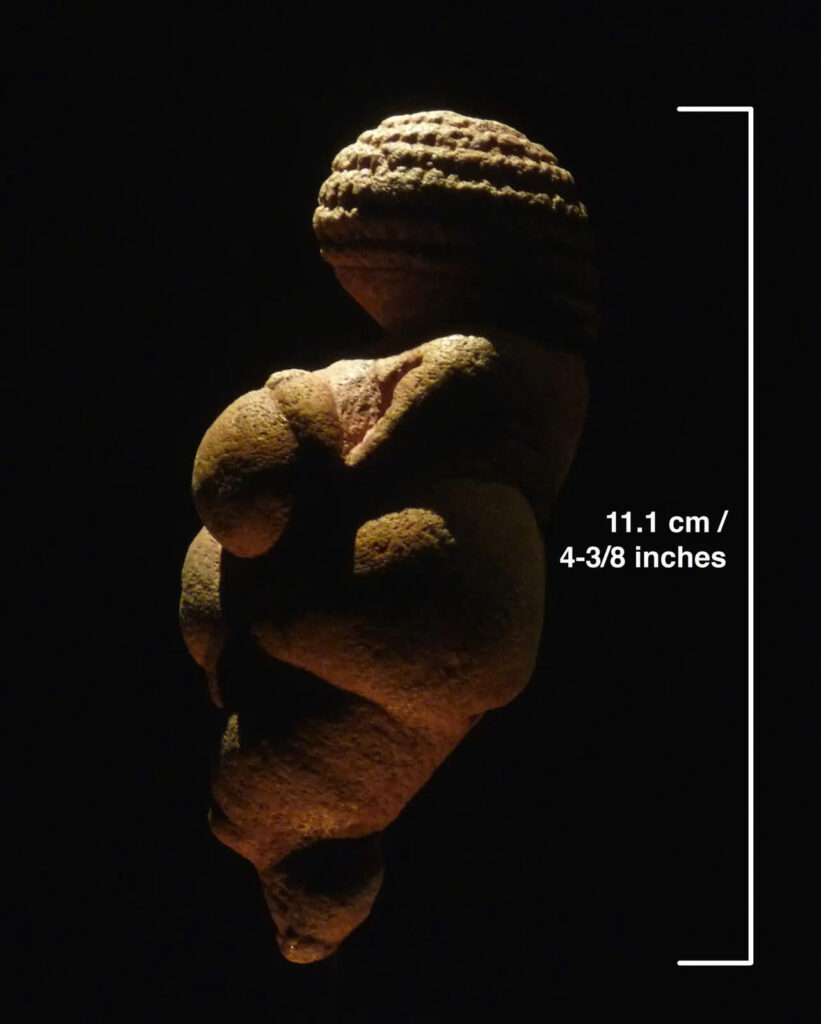
In the picturesque village of Willendorf, Austria, a remarkable discovery was made at the dawn of the 20th century. Buried beneath layers of ancient soil, archaeologists unearthed a small limestone figurine that would come to be known as the Venus of Willendorf. This 11.1 cm high sculpture, with its exaggerated feminine features, has since become an icon of prehistoric art and a window into the beliefs and values of our ancient ancestors.
The Enigmatic Stone Woman
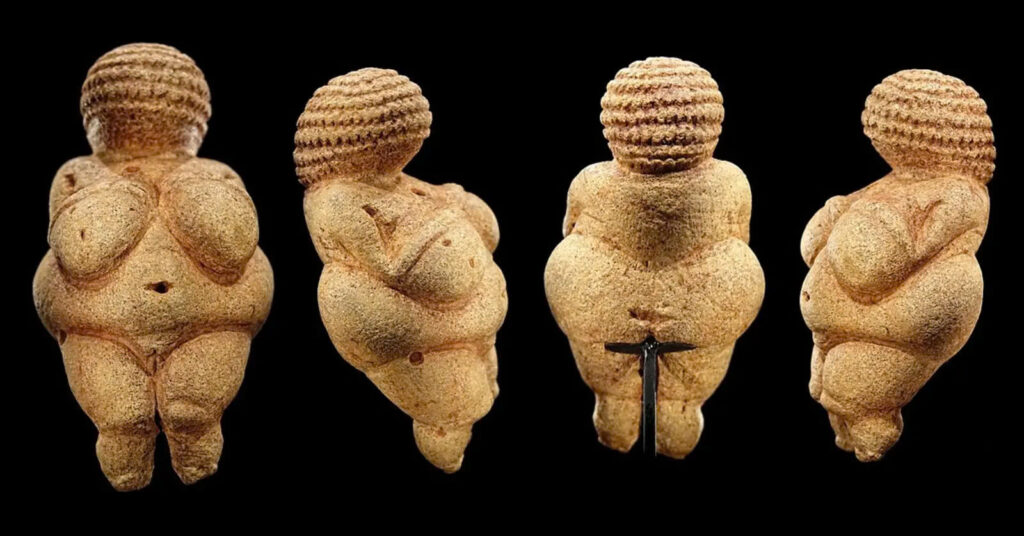
The Venus of Willendorf is a striking representation of the female form. Carved from oolite limestone, the figurine boasts massive breasts, a pronounced stomach, and ample buttocks. Its legs taper to a point, lacking feet, while slender arms drape over the breasts. The rounded head, devoid of facial features, is covered in what appears to be curly hair or a hat. Most intriguingly, the genitals are depicted with remarkable detail, while the rest of the body remains relatively abstract.
A Journey Through Time and Space

Recent scientific analysis has revealed that the limestone used to create the Venus of Willendorf originated either in northern Italy or possibly Ukraine – far from where it was discovered. This finding hints at the existence of long-distance trade networks or cultural exchanges in prehistoric times, adding another layer of mystery to the figurine’s story.
Decoding Ancient Beliefs
Fertility and the Divine Feminine
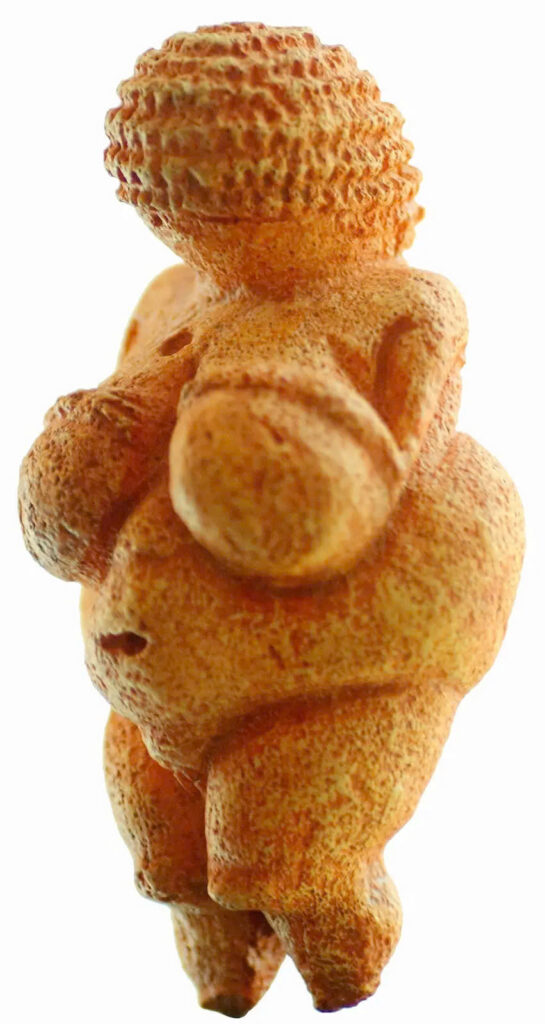
Many scholars believe that the Venus of Willendorf, along with similar figurines found across Europe, represents a fertility goddess or talisman. The emphasis on body parts associated with childbearing suggests a deep reverence for the life-giving powers of women in Paleolithic societies.
Rituals and Ceremonies
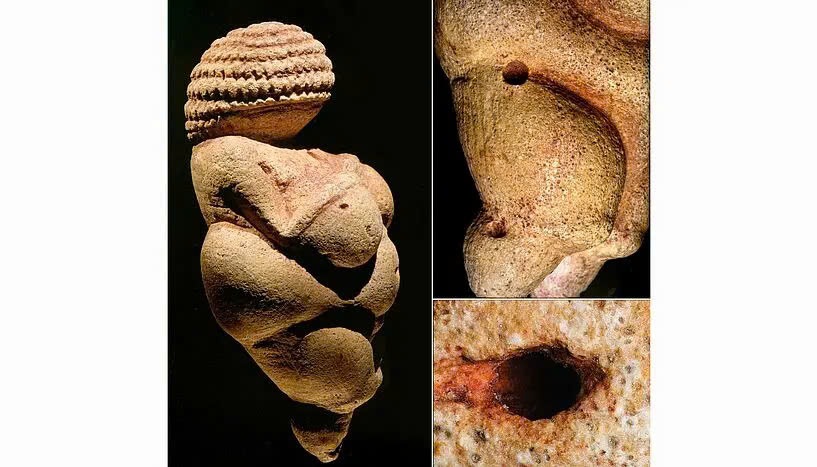
Imagine ancient ceremonies where the Venus of Willendorf played a central role. Perhaps it was carried through fields during planting seasons, blessing the soil for a bountiful harvest. Or maybe it served as a focal point in sacred rituals for women preparing for childbirth, embodying strength and fecundity.
New Discoveries, Enduring Mystery
The Red Ochre Connection
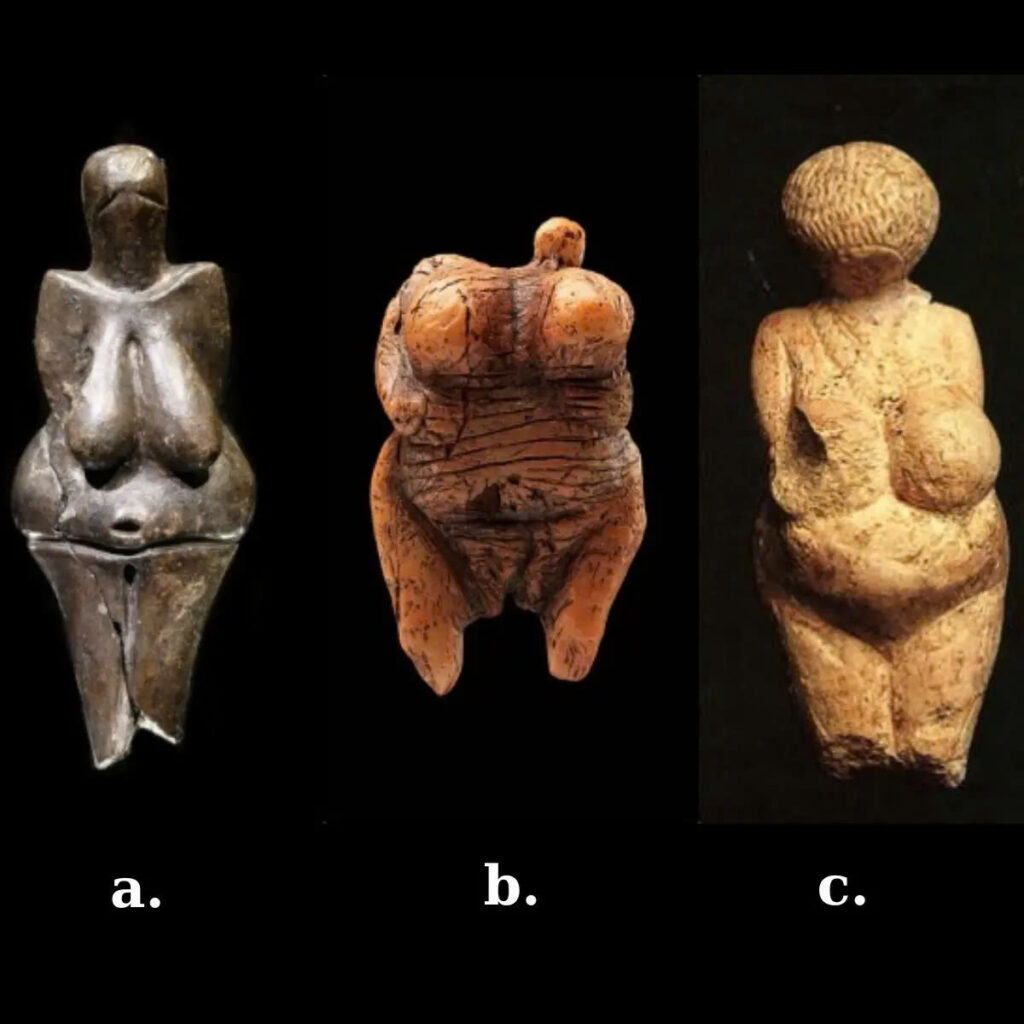
Recent microscopic examinations have revealed traces of red ochre pigment on the figurine’s surface. This discovery links the Venus of Willendorf to broader symbolic practices in ancient societies, where red ochre was often associated with concepts of life, death, and rebirth.
A Testament to Ancient Craftsmanship
Advanced technologies like 3D scanning have allowed researchers to study the Venus of Willendorf in unprecedented detail, revealing the remarkable skill of its prehistoric creator. Every curve and indentation tells a story of artistic vision and technical prowess.
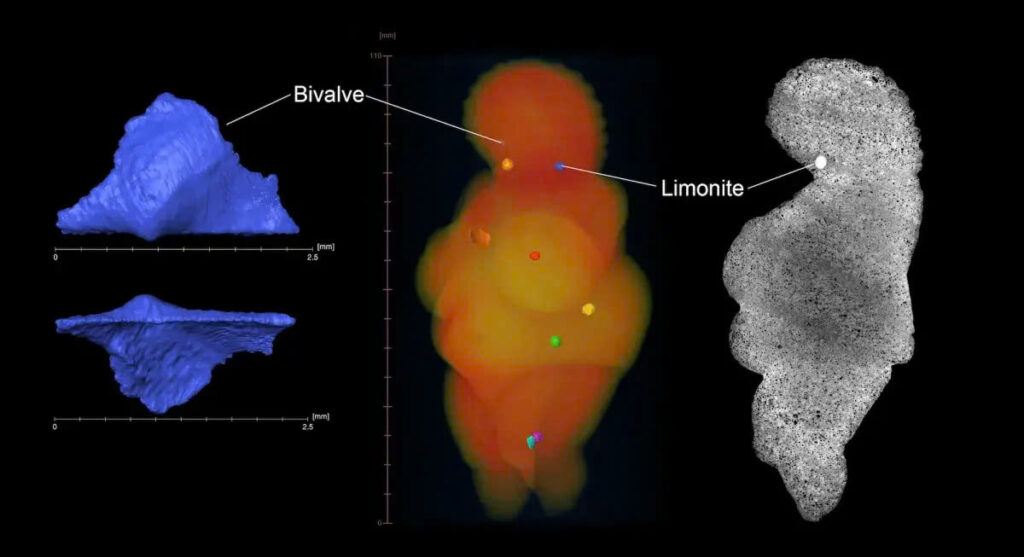
As we continue to unravel the secrets of the Venus of Willendorf, one thing remains clear: this small stone figurine holds immense significance in our understanding of prehistoric human culture. It stands as a testament to the enduring power of art and the universal human desire to comprehend and celebrate the mysteries of life.

